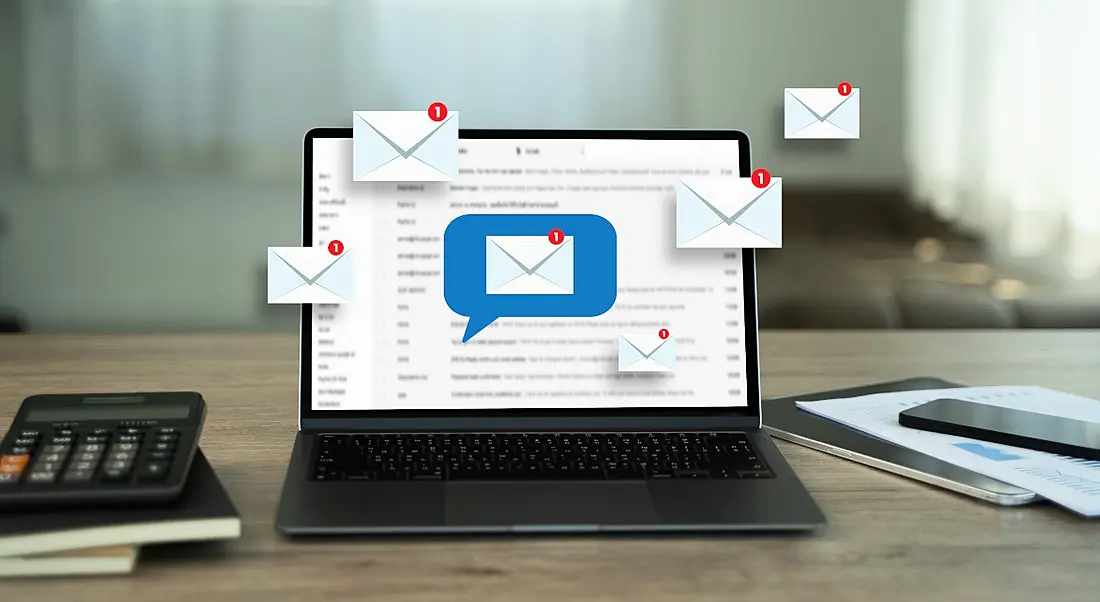Email is a mainstay of workplace communication so why not take a refresher on the rules of workplace correspondence?
Many of us have been sending emails since we learned how to type and it is reasonable to assume that most have a solid education in appropriate workplace messaging. However, just because emailing is an action most do every day does not mean that we shouldn’t keep on top of any changes in the way people are communicating.
On top of a wide range of socially accepted rules, individual companies are going to have their own policies around email etiquette and what is and is not allowed.
So, what are some handy rules to follow when it comes to workplace correspondence?
Read the room
When we’re having conversations in person, we can gather the appropriate tone by listening to others. Factors such as the nature of the conversation, the location, how many people are present and your relationship to those involved, dictates the volume, tone and tenor of the discussion.
Despite taking place virtually, online correspondence follows this same set of rules. For example, if you have a strong, professional relationship with the contact you may find that the language is less formal and perhaps friendlier. You may make use of punctuation, emojis and other devices to convey more familiarity.
While you should always keep the tone professional, in cases such as this it is appropriate to use language that matches the friendly tone of the receiver. The reverse is also true – if the other person adopts a style that is very formal, it would be bad etiquette to be overly familiar.
It is important to remember that if you want to avoid confusion or a misunderstanding, keep it simple. Learning how to read the room is a useful communication skill and will greatly improve how you relate to and correspond with others via email.
Don’t forget to…
Some aspects of sending an email will never change, namely the need to write a greeting, sign-off and add a subject line. These are core aspects and should never be forgotten. A greeting can be as simple as ‘Good morning X’, followed by ‘I hope you are well’.
If you know the person or have previously spoken to them, you can also personalise your greeting to show that you take in what others say. You can also personalise your sign-off, with a ‘looking forward to X’, but it’s standard to simply give your thanks or regards.
One of the most important components of an email is the subject line. Not only does it show that your email has a purpose, but the absence of a subject line could give the recipient the impression that it is either not important or is spam, leading to them disregarding it. Computer software may even automatically label the email as junk mail.
The subject line is an absolute must and should be short and specific, so the recipient can properly assess its level of importance. If you don’t know the person you are attempting to contact, the subject line could be the deciding factor in whether or not they even open your message.
Don’t raise red flags
The online world has its dangers unfortunately and as a result we are all becoming far more aware of cybersecurity threats and the necessary precautions we must take. For this reason, if an email looks in any way suspicious, it is highly unlikely that it will be engaged with or even opened by the recipient.
With this in mind, you should try to avoid some obvious red flags, such as putting an urgent tag in the subject line, poor spelling or grammar, using an unusual email address, a strict call to action or including random links.
Personalisation, consistent messaging and an explanation regarding links are all ways of showing you are credible, trustworthy and not a threat. On the topic of attachments, make sure that you detail what they contain, that they are formatted correctly and they are a reasonable size.
Keep it relevant
Nothing is more annoying than being on an active email thread that has little to do with you. When you are contacting someone else, ensure that anyone who is cc’d or bcc’d actually belongs on the thread. Not only is this basic good manners, but it also avoids the accidental sharing of information with people whom it does not concern.
You should also be cognisant of people’s working hours, emailing feels different to calling or texting someone, but they still might not appreciate being contacted outside of working hours. When you do send a message, give the person adequate time to follow up with you, before you send a message prompting a more timely response.
Email communication is a staple of working life, so why not make sure that every email sends the right message?
Don’t miss out on the knowledge you need to succeed. Sign up for the Daily Brief, Silicon Republic’s digest of need-to-know sci-tech news.




